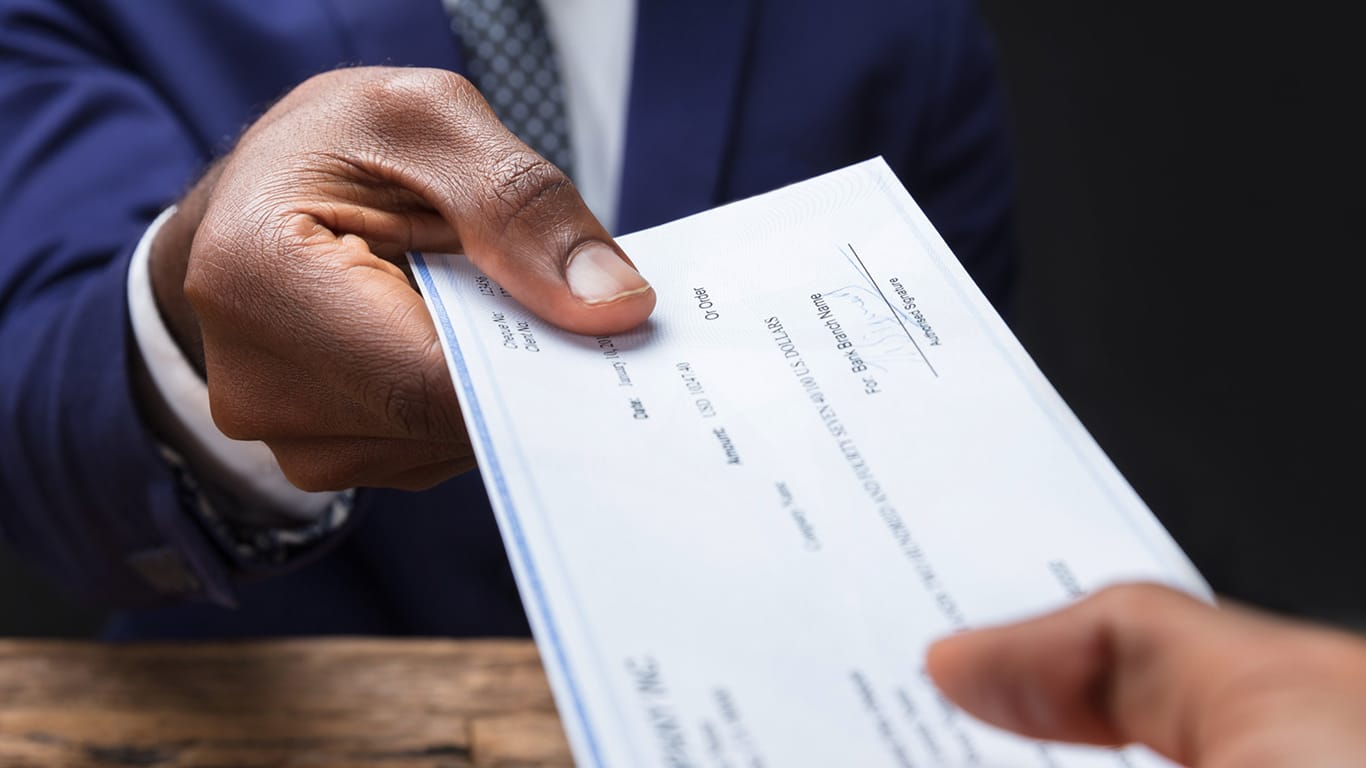According to the Financial Crimes Enforcement Network (FinCEN), the number of suspected check fraud cases reported by banks in the U.S. last year nearly doubled from the previous year.
Even as recent studies show the use of checks declined more than 7% per year since 2018, check crimes have made a resurgence across the entire industry.
LEARN MORE: Most Influential Women: Lisa Riley, Wells Fargo
Check crimes generally fall into two categories—fraud and scams.

Check fraud may involve using legitimate account information to attempt to steal money including:
• Check Washing: happens when fraudsters steal legitimate paper checks, usually out of the mail. They then use chemicals to “wash” the original ink off the check in order to change the amount and/or the payee name. After that, they cash the check to steal money from the account.
• Counterfeit Checks: include checks presented with fraudulent identification, or fake checks that scammers create using legitimate routing and account information. Fraudsters obtain the routing and account information through nefarious means, such as stealing checks, many times the same stolen check they’ve “washed”.
According to the American Bankers Association, fake checks scams are one of the most common instruments used to commit fraud against consumers. Fraudsters use various methods to steal money from their victims:
• Overpayments and Online sales scams can happen when someone buys something from you online and “accidently” sends a fake check for too much or more money than you expected, then asks you to deposit it and send a refund for the overage.
• Lottery or prize scams involve receiving a random check in the mail for “lottery or sweepstakes winning.” The check comes with instructions about what to do with the check, asking you to send back a portion of the winnings, many times to cover taxes, shipping charges or processing fees.
• Fake job scams involve receiving a fake check from a company or business that instructs you to deposit the check and send back a portion or overage. These are sometimes leveraged as an up-front signing bonus and look real. The goal here is for the fake check to be deposited and funds forwarded to the scammer. Ultimately the consumer will be liable for the funds once the check is returned.
Awareness and vigilance are key to combating check fraud and scams. Consider this checklist of potential safeguards:
- Use non-erasable black gel ink when writing a check.
- Set up account alerts.
- Go directly to the Post Office if you must mail a check.
- Use secure digital payment alternatives, such as online or mobile banking when possible.
- Review your accounts, statements, and cashed checks images frequently.
- Dispute fraudulent transactions in a timely manner.
- Don’t accept or cash a check for more than is expected.
- Wait to use funds after depositing a check until the check has cleared (if you don’t know the person or entity who wrote the check).
Finally, if something is too good to be true, it probably is. Trust your intuition and don’t make any rushed decisions.
For more information on spotting and avoiding scams, visit the Wells Fargo Security Center.
Author: Joe Bernardo is Wells Fargo‘s head of Fraud & Claims Operations.




